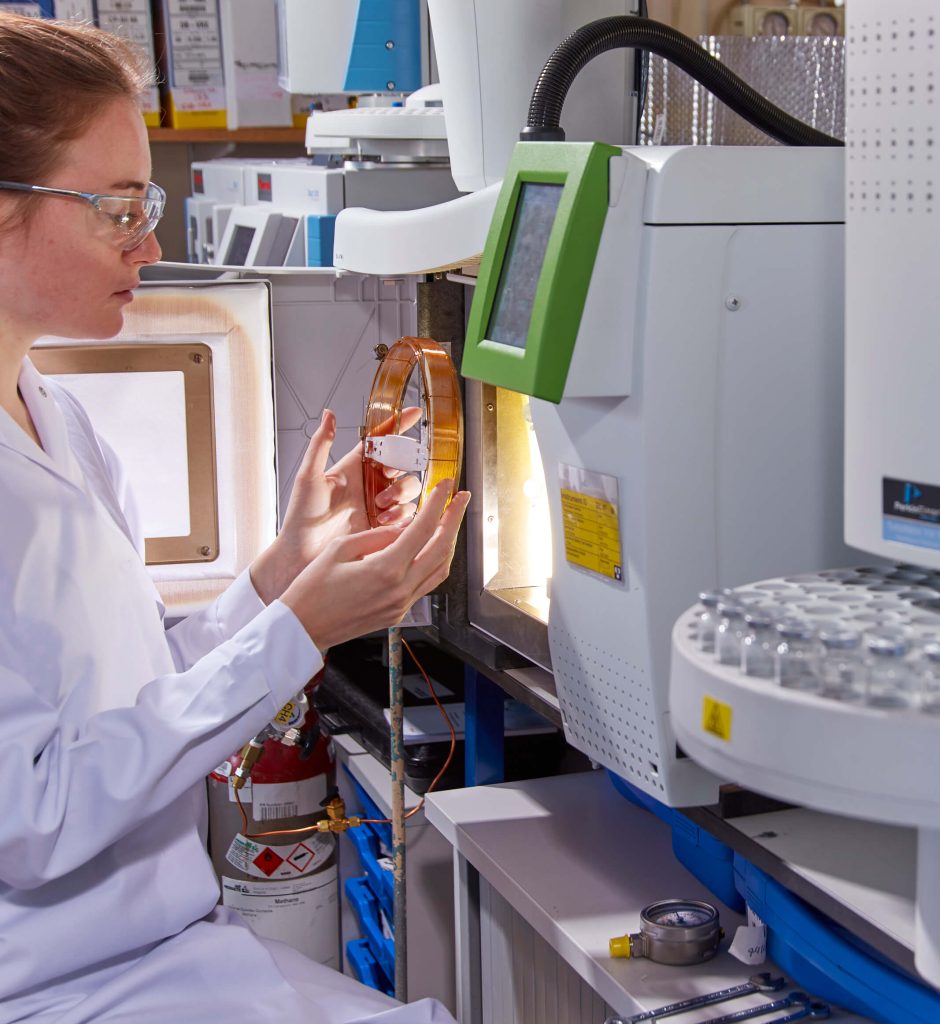For over 40 years, Butterworth Laboratories has provided independent, contract analytical services to the global pharmaceutical and related industries.
Early eluters go with the flow, late eluters are driven by temperature
14 June 2023
It was 1991 and I had arrived at Berridge Environmental Laboratories in Chelmsford, hot off the train from Edinburgh where I had just completed a 5-year joint honours degree. As shared in previous Blogs, I was being mentored by Dennis, a semi-retired elderly gentleman with a shock of white hair and asbestos fingers from all his years of handling hot GC components. I quickly learned that Dennis always passed on his knowledge of the art with a memorable question, statement, or catchphrase which aided learning.
I remember the first time that Dennis introduced me to GC method development (week 3 of training!). In order to encourage thought, he asked me a loaded question. First, he outlined a hypothetical GC system where we have a simple two-component sample that gave one early and one late eluting peak. He smiled as he asked me “Which component spends the most time in the mobile phase?” After too little thought and wanting to appear knowledgeable, I replied “The late eluting peak”. Dennis then explained that it was, in fact, a trick question and that both sample components spend exactly the same amount of time resident in the mobile gas phase. He then further explained that it was the greater affinity of the late eluting component with the column stationary phase given the oven temperature, that actually gave rise to the chromatographic separation and that the difference in elution of the two components was in fact the greater time that the late eluting component was resident in the stationary phase.
The question that Dennis had posed may seem a little stupid, but when I asked this simple question myself during early training of the next generation of chromatographers, the vast majority give the same wrong answer that I gave. The whole point of the question was to stimulate thought and understanding of the actual chromatographic process involved. Dennis followed on with the rule of thumb that “Early eluters go with the flow, late eluters are driven by temperature”. He highlighted that the real skill in method development was the choice of a column with the appropriate stationary phase. During this early training session, Dennis also shared that non-polar columns have a broad tendency to elute components in boiling order.
Frank Judge Consultant Chemist – Chromatography